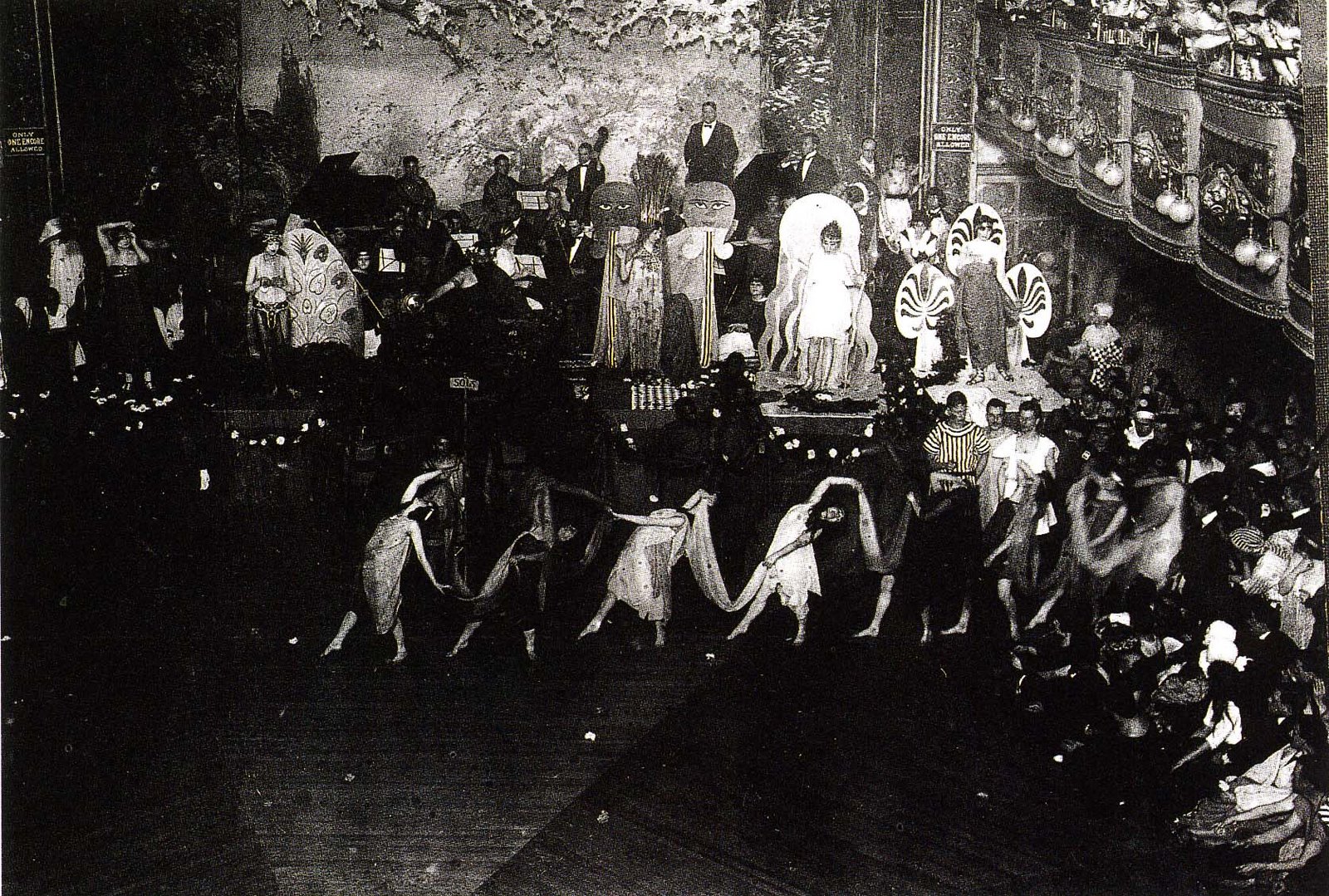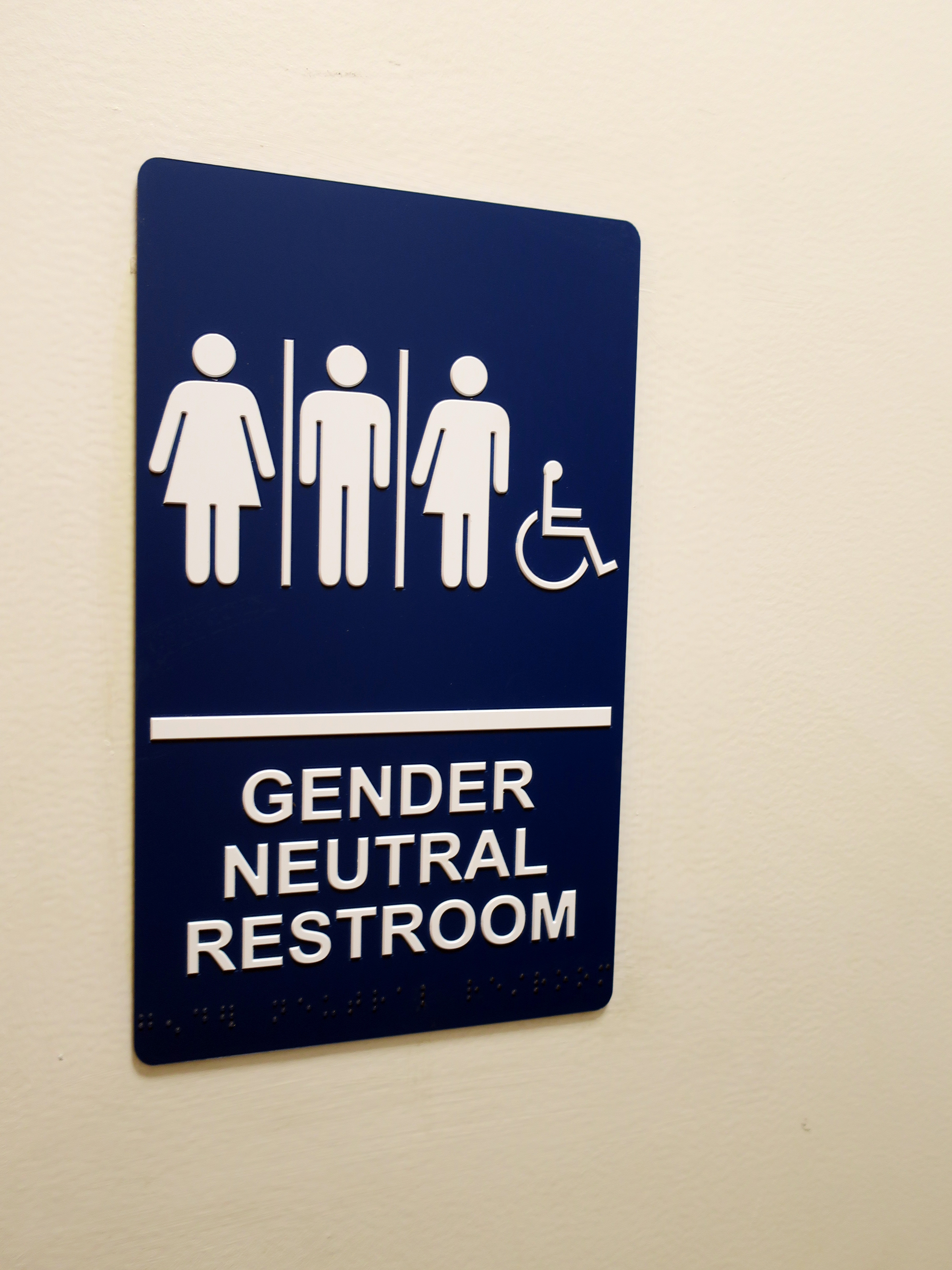|
Modern Pagan Views On LGBT People
__FORCETOC__ Modern pagan (also known as Neopagan) views on LGBT people vary considerably among different paths, sects, and belief systems. There are some popular neopagan traditions which have beliefs often in conflict with the LGBT community, and there are also traditions accepting of, created by, or led by LGBT individuals. The majority of conflicts concern heteronormativity and cisnormativity. Community demographics Orientation A 2003 survey by Helen A. Berger and her colleagues found 28.3% of American neopagans identified in survey as gay, lesbian, or bisexual. In 2013, a survey of neopagans in England, Wales, Canada, Australia, and New Zealand found 49.8% of women and 44.5% of men identified as non-heterosexual. Of the non-heterosexual female demographic, 78.5% of identified as bisexual and 11.2% identified as lesbian/gay; of the non-heterosexual male demographic, 55.2% identified as gay and 37.1% identified as bisexual. A 2015 study survey by Pew Research Cent ... [...More Info...] [...Related Items...] OR: [Wikipedia] [Google] [Baidu] |
Queer Pagan Flag
''Queer'' is an umbrella term for people who are not heterosexual or cisgender. Originally meaning or , ''queer'' came to be used pejoratively against those with same-sex desires or relationships in the late 19th century. Beginning in the late 1980s, queer activists, such as the members of Queer Nation, began to reclaim the word as a deliberately provocative and politically radical alternative to the more assimilationist branches of the LGBT community. In the 21st century, ''queer'' became increasingly used to describe a broad spectrum of non-normative sexual and/or gender identities and politics. Academic disciplines such as queer theory and queer studies share a general opposition to binarism, normativity, and a perceived lack of intersectionality, some of them only tangentially connected to the LGBT movement. Queer arts, queer cultural groups, and queer political groups are examples of modern expressions of queer identities. Critics of the use of the term include members ... [...More Info...] [...Related Items...] OR: [Wikipedia] [Google] [Baidu] |
White Magic
White magic has traditionally referred to the use of supernatural powers or magic for selfless purposes. Practitioners of white magic have been given titles such as wise men or women, healers, white witches or wizards. Many of these people claimed to have the ability to do such things because of knowledge or power that was passed on to them through hereditary lines, or by some event later in their lives. White magic was practiced through healing, blessing, charms, incantations, prayers, and songs. White magic is the benevolent counterpart of malicious black magic. History Early origins In his 1978 book, ''A History of White Magic'', recognised occult author Gareth Knight traces the origins of white magic to early adaptations of paleolithic religion and early religious history in general, including the polytheistic traditions of Ancient Egypt and the later monotheistic ideas of Judaism and early Christianity. [...More Info...] [...Related Items...] OR: [Wikipedia] [Google] [Baidu] |
Horned God
The Horned God is one of the two primary deities found in Wicca and some related forms of Neopaganism. The term ''Horned God'' itself predates Wicca, and is an early 20th-century syncretic term for a horned or antlered anthropomorphic god partly based on historical horned deities. The Horned God represents the male part of the religion's duotheistic theological system, the consort of the female Triple goddess of the Moon or other Mother goddess. In common Wiccan belief, he is associated with nature, wilderness, sexuality, hunting, and the life cycle. Whilst depictions of the deity vary, he is always shown with either horns or antlers upon his head, often depicted as being theriocephalic (having a beast's head), in this way emphasizing "the union of the divine and the animal", the latter of which includes humanity. In traditional Wicca ( British Traditional Wicca), he is generally regarded as a dualistic god of twofold aspects: bright and dark, night and day, summer a ... [...More Info...] [...Related Items...] OR: [Wikipedia] [Google] [Baidu] |
Duotheism
Dualism in cosmology or dualistic cosmology is the moral or spiritual belief that two fundamental concepts exist, which often oppose each other. It is an umbrella term that covers a diversity of views from various religions, including both traditional religions and scriptural religions. Moral dualism is the belief of the great complement of, or conflict between, the benevolent and the malevolent. It simply implies that there are two moral opposites at work, independent of any interpretation of what might be "moral" and independent of how these may be represented. Moral opposites might, for example, exist in a worldview that has one god, more than one god, or none. By contrast, duotheism, bitheism or ditheism implies (at least) two gods. While bitheism implies harmony, ditheism implies rivalry and opposition, such as between good and evil, or light and dark, or summer and winter. For example, a ditheistic system could be one in which one god is a creator and the other a destroyer. I ... [...More Info...] [...Related Items...] OR: [Wikipedia] [Google] [Baidu] |
Energy (esotericism)
Proponents and practitioners of various esoteric forms of spirituality and alternative medicine refer to a variety of claimed experiences and phenomena as being due to "energy" or "force" that defy measurement and thus are distinguished from the scientific form of energy. Claims related to energy therapies are most often anecdotal, rather than being based on repeatable empirical evidence. There is no scientific evidence for the existence of such energy, and physics educators criticize the use of the term "energy" to describe the ideas as potentially confusing. History Concepts such as "life force", "'' qi''" and "'' élan vital''" existed from antiquity. In the 18th century, Franz Mesmer ignited debate with his theory of animal magnetism. Attention to vitalism grew in the 18th and 19th centuries. Interest continued into the 20th century, largely fuelled by adherents of the New Age movement. As biologists studied embryology and developmental biology, particularly before th ... [...More Info...] [...Related Items...] OR: [Wikipedia] [Google] [Baidu] |
Pagan Federation
The Pagan Federation is a UK-based voluntary organisation, founded as the Pagan Front, that provides information and counters misconceptions about Neopaganism. It was formed in 1971, and campaigns for the religious rights of Neo-pagans and educates both civic bodies and the general public about Paganism. Pagan Federation is a constituted voluntary organisation, registered as a private Company limited by guarantee, with exemption for use of 'limited' with Companies House on 22 August 2000, with its nature listed as a Religious Organisation. The memorandum of the association lists the objects of the Pagan Federation as providing services for Pagans in the UK and abroad, providing information about Paganism to the public and all interested bodies, educating the public about Pagan beliefs and traditions, providing access to Pagan celebrations, and providing pastoral care for Pagans in the community including those in hospitals and prisons. The Pagan Federation publishes a quarterl ... [...More Info...] [...Related Items...] OR: [Wikipedia] [Google] [Baidu] |
Gender Essentialism
Gender essentialism is a theory that is used to examine the attribution of distinct, fixed, intrinsic qualities to women and men. In this theory, based in essentialism, there are certain universal, innate, biologically or psychologically based features of gender that are at the root of observed differences in the behavior of men and women. In Western civilization, it is suggested in writings going back to ancient Greece. With the advent of Christianity, the earlier Greek model was expressed in theological discussions as the doctrine that there are two distinct sexes, male and female created by God, and that individuals are immutably one or the other. This view remained essentially unchanged until the middle of the 19th century. This changed the locus of the origin of the essential differences from religion to biology, in Sandra Bem's words, "from God's grand creation oits scientific equivalent: evolution's grand creation," but the belief in an immutable origin had not changed. Alt ... [...More Info...] [...Related Items...] OR: [Wikipedia] [Google] [Baidu] |
Gender Binary
The gender binary (also known as gender binarism) is the classification of gender into two distinct, opposite forms of masculine and feminine, whether by social system, cultural belief, or both simultaneously. Most cultures use a gender binary, having two genders ( boys/ men and girls/ women).Kevin L. Nadal, ''The SAGE Encyclopedia of Psychology and Gender'' (2017, ), page 401: "Most cultures currently construct their societies based on the understanding of gender binary—the two gender categorizations (male and female). Such societies divide their population based on biological sex assigned to individuals at birth to begin the process of gender socialization." In this binary model, '' gender'' and ''sexuality'' may be assumed by default to align with one's genetic or gamete-based sex, i.e. one's sex assigned at birth. This may include certain expectations of how one dresses themselves, their behavior, sexual orientation, names or pronouns, which restroom they use, and o ... [...More Info...] [...Related Items...] OR: [Wikipedia] [Google] [Baidu] |
Heterosexuality
Heterosexuality is romantic attraction, sexual attraction or sexual behavior between people of the opposite sex or gender. As a sexual orientation, heterosexuality is "an enduring pattern of emotional, romantic, and/or sexual attractions" to people of the opposite sex; it "also refers to a person's sense of identity based on those attractions, related behaviors, and membership in a community of others who share those attractions." Someone who is heterosexual is commonly referred to as ''straight.'' Along with bisexuality and homosexuality, heterosexuality is one of the three main categories of sexual orientation within the heterosexual–homosexual continuum. Across cultures, most people are heterosexual, and heterosexual activity is by far the most common type of sexual activity. Scientists do not know the exact cause of sexual orientation, but they theorize that it is caused by a complex interplay of genetic, hormonal, and environmental influences, and do not view it ... [...More Info...] [...Related Items...] OR: [Wikipedia] [Google] [Baidu] |
Human Sexuality
Human sexuality is the way people experience and express themselves sexually. This involves biological, psychological, physical, erotic, emotional, social, or spiritual feelings and behaviors. Because it is a broad term, which has varied with historical contexts over time, it lacks a precise definition. The biological and physical aspects of sexuality largely concern the human reproductive functions, including the human sexual response cycle. Someone's sexual orientation is their pattern of sexual interest in the opposite or same sex. Physical and emotional aspects of sexuality include bonds between individuals that are expressed through profound feelings or physical manifestations of love, trust, and care. Social aspects deal with the effects of human society on one's sexuality, while spirituality concerns an individual's spiritual connection with others. Sexuality also affects and is affected by cultural, political, legal, philosophical, moral, ethical, and religious ... [...More Info...] [...Related Items...] OR: [Wikipedia] [Google] [Baidu] |
Dualism In Cosmology
Dualism in cosmology or dualistic cosmology is the moral or spiritual belief that two fundamental concepts exist, which often oppose each other. It is an umbrella term that covers a diversity of views from various religions, including both traditional religions and scriptural religions. Moral dualism is the belief of the great complement of, or conflict between, the benevolent and the malevolent. It simply implies that there are two moral opposites at work, independent of any interpretation of what might be "moral" and independent of how these may be represented. Moral opposites might, for example, exist in a worldview that has one god, more than one god, or none. By contrast, duotheism, bitheism or ditheism implies (at least) two gods. While bitheism implies harmony, ditheism implies rivalry and opposition, such as between good and evil, or light and dark, or summer and winter. For example, a ditheistic system could be one in which one god is a creator and the other a destroyer. I ... [...More Info...] [...Related Items...] OR: [Wikipedia] [Google] [Baidu] |



